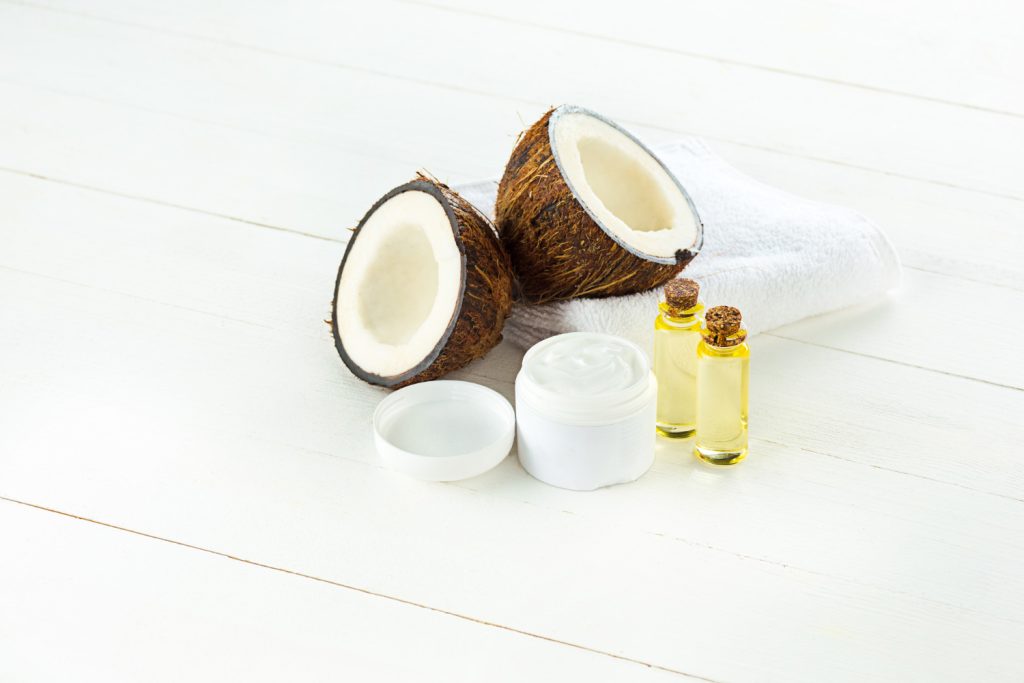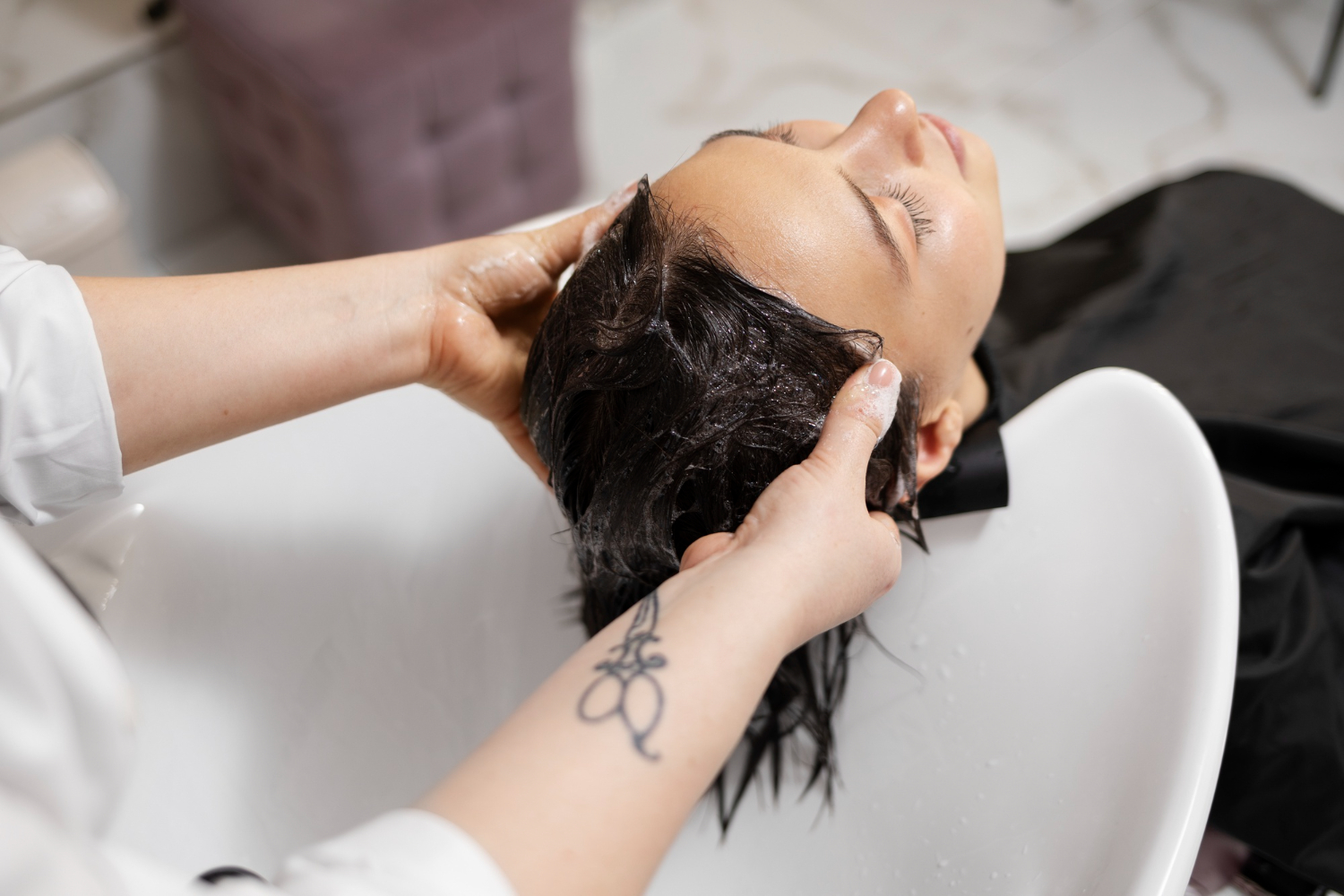

Frizzy hair can be a daily battle for many. It’s that unruly mane of hair that often refuses to stay in place, even after hours of styling. But fret not, because in this article, we’ll guide you through the process of choosing the right hair treatment to combat frizz effectively.
Dealing with frizzy hair is not just about cosmetics; it’s about regaining your confidence and feeling great about your hair. The first step in this journey is to understand what causes frizzy hair and why choosing the right treatment is so crucial.
Frizz occurs when the hair’s outer layer, the cuticle, is raised, allowing moisture to pass through and swell the strands. Various factors contribute to this phenomenon. Humidity, for instance, is a common foe for frizzy hair. When the air is humid, it has a higher moisture content, which causes the hair to absorb it, resulting in frizz.
Another major contributor is hair type. Different hair types have varying degrees of susceptibility to frizz. People with naturally curly or wavy hair are more prone to frizz because their hair structure is more porous.
But there’s more to the story. Using the wrong hair care products can exacerbate the problem. Harsh shampoos, overuse of heat styling tools, and chemicals in some hair treatments can all lead to frizzy hair.

Let’s talk about the safety aspect of choosing a hair treatment. Safety should be a top priority, as the wrong treatment can damage your hair and scalp. Here are some safety tips to consider:
Let’s explore the ingredients you should look for when choosing a hair treatment to combat frizz effectively:

It’s equally important to steer clear of certain ingredients that can worsen your frizz problem. Here are some to be cautious of:
Now that you’re well-informed about the ingredients to look for and avoid, the next step is choosing the right hair treatment. Here’s a simple guide to help you decide:
Identify Your Hair Type: Understand your hair type, whether it’s curly, wavy, straight, or somewhere in between. The ideal treatment for frizz control may vary based on your hair type.
Consider Your Specific Needs: Do you need a treatment that also provides color protection, heat protection, or extra hydration? Choose a product that aligns with your specific needs.
Read Reviews and Ask for Recommendations: Real-world experiences matter. Read online reviews and ask friends or family for recommendations on effective frizz control products they’ve used.
Patch Test: Remember the importance of the patch test as mentioned earlier. Even if a product comes highly recommended, always perform a patch test to check for allergies or adverse reactions.
Consult a Professional: If you’re uncertain or have special concerns about your hair and scalp, consider seeking advice from a hair professional, such as a dermatologist or trichologist.
Understanding the underlying causes of frizz, being aware of the ingredients that can either help or harm, and knowing how to select the right treatment are the keys to your journey. With these tools, you can confidently embark on a path to frizz-free, manageable, and stunning hair.
It’s also important to remember that there’s no one-size-fits-all solution for every hair type. Your hair is unique, and so are your needs. What works for one person may not work for another. This is why it’s crucial to consider your hair type, specific requirements, and consult professionals when in doubt.


